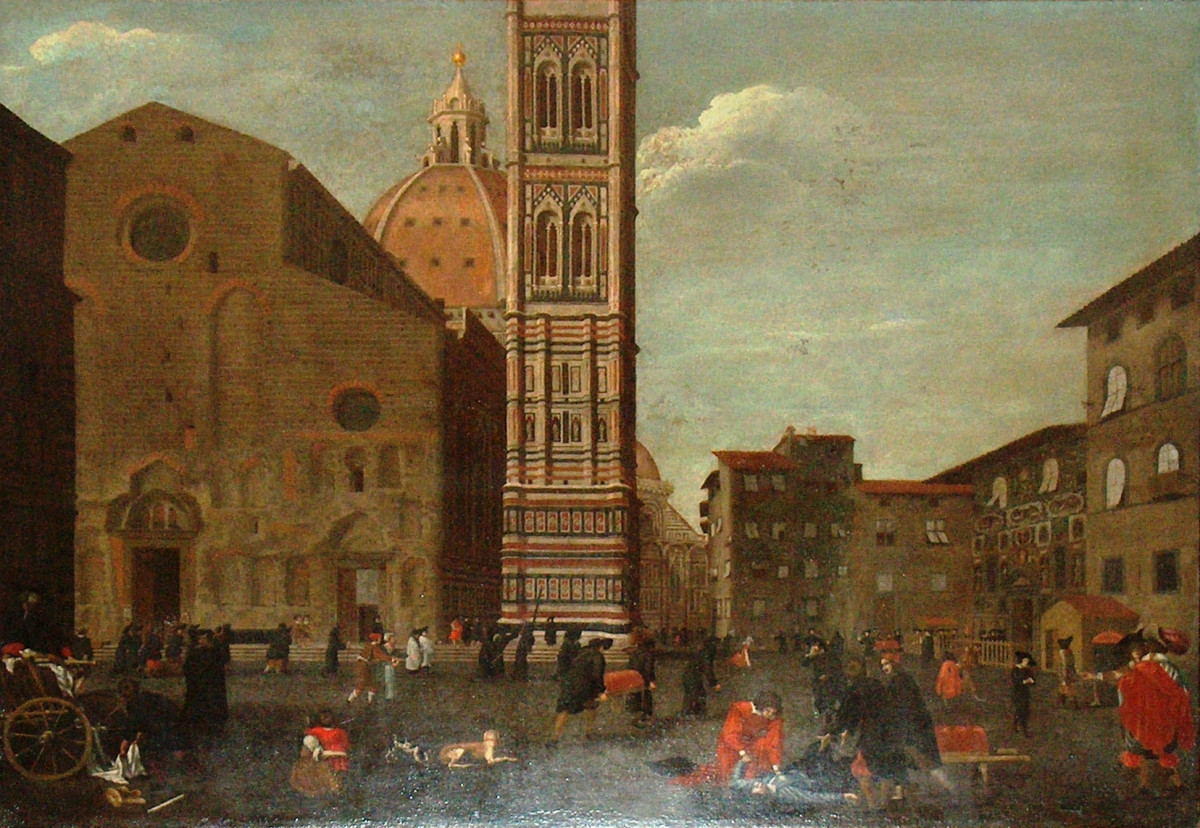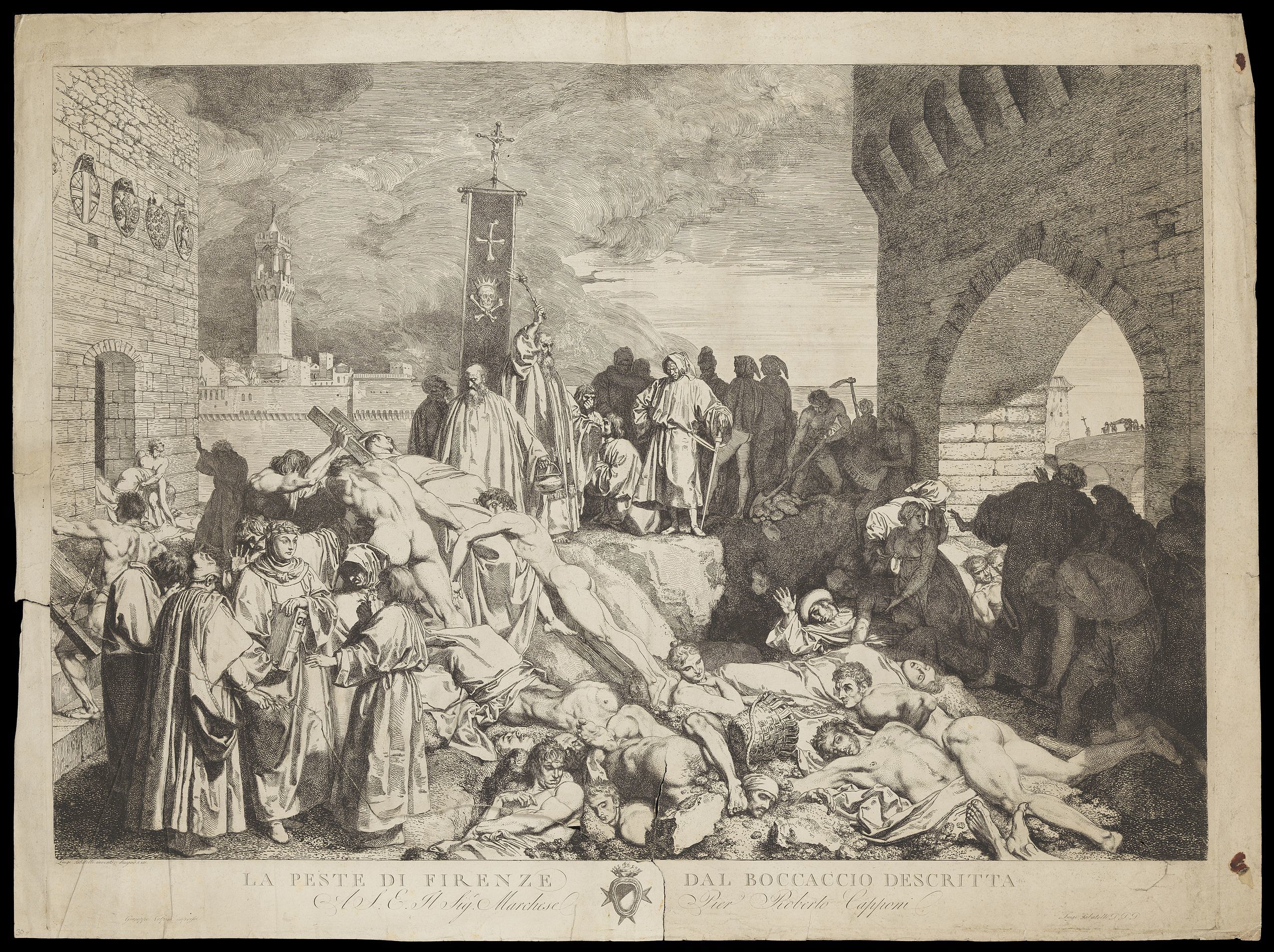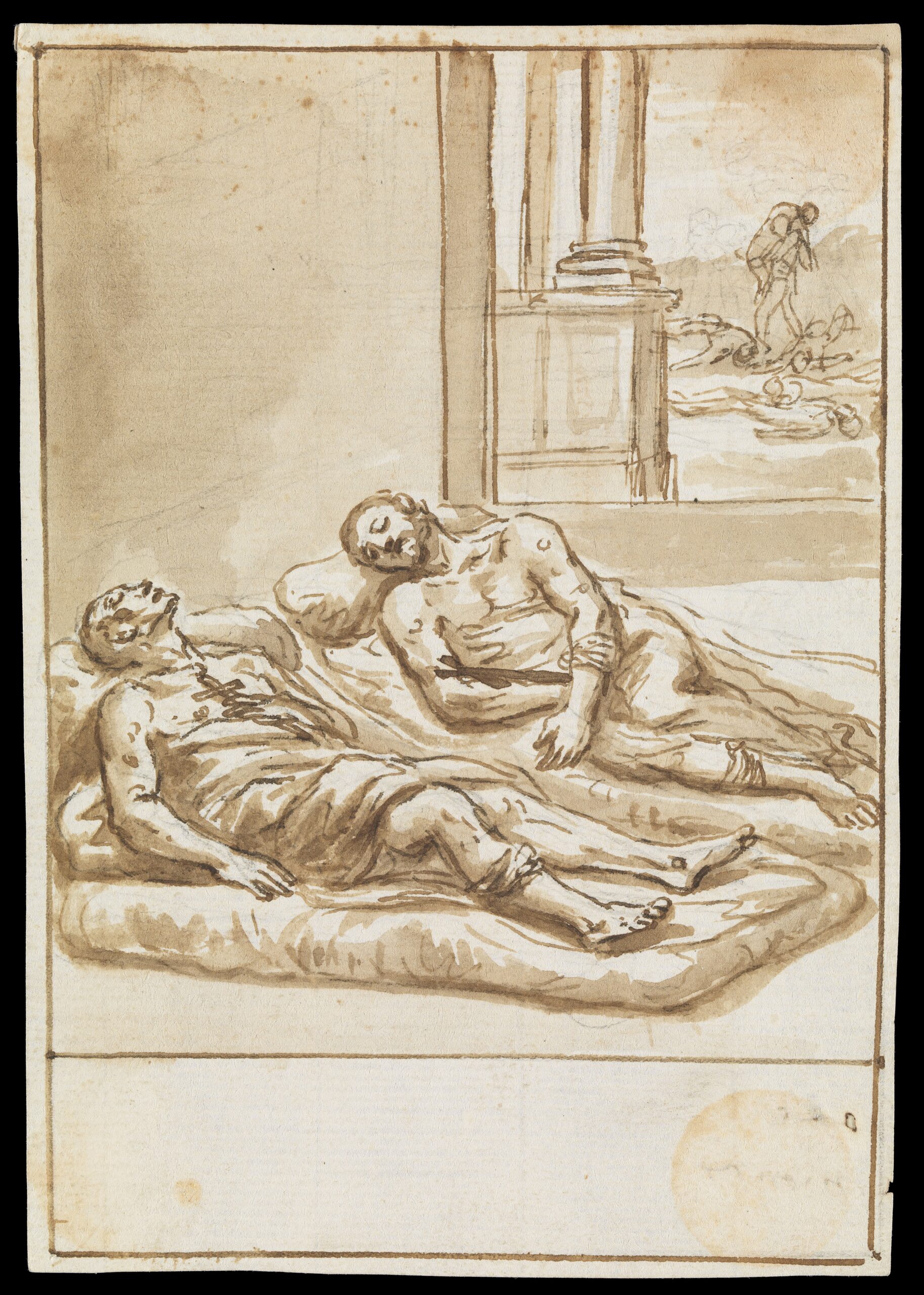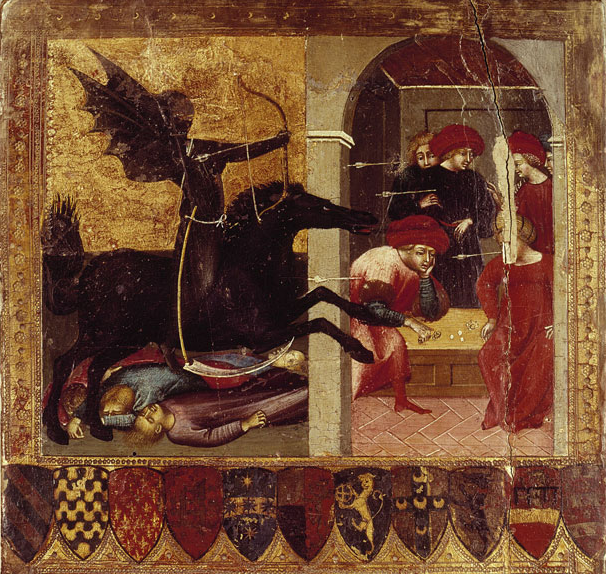The year of 1478 had proven distressing and tumultuous for the citizens of Florence. On 26 April of that year, Lorenzo de’ Medici had narrowly survived a plot to overthrow his illustrious family: a conspiracy that claimed the life of his beloved younger brother, Giuliano. Commonly referred to as the Pazzi Conspiracy, this attempted dual assassination, although physically carried out by a diabolical consortium led by the Pazzi family, was likely masterminded by Pope Sixtus IV and Federico da Montefeltro, Duke of Urbino.
The immediate aftermath of the murder of Giuliano, which took place in the Cathedral of Santa Reperata (now known as Santa Maria del Fiore), saw the streets of Florence filled with chanting mobs, armed men and the slaughtered bodies of up to 70 conspirators. Agnolo Poliziano, the classical scholar and intimate friend of the Medici, described how the Perugians involved in the plot were the first to be slaughtered by being “cut to pieces.” Another Medici ally, Bongianni Gianfigliazzi, who was involved as an interrogator during this chaotic period, describes how clergymen and laymen alike were “hanged… at the Palace of the Magistrates and the Captain and cut asunder in palace and piazza.”
By Christmas Eve 1478, the situation had worsened and must have appeared almost apocalyptic to the citizens of quattrocento Florence. The apothecary and diarist, Luca Landucci informs us that on 24th December, 1478, “a peasant of the neighbourhood belonging to the Popoleschi, was found dead in his house, having hung himself with a towel. And during these days the Arno was very high and overflowed its banks opposite [the aforementioned] Mssr Bongianni’s houses. It caused great damage.” Furthermore, Luca also reveals that, “the plague was also causing much mortality: it pleased God to chastise us. And at this Christmas-time, what with the terror of war, the plague and the papal excommunication, the citizens were in a sorry plight. They lived in dread, and no one had the heart to work. The poor creatures could not procure silk or wool, or only very little, so that all classes suffered.”
References: Marcello Simonetta, The Montefeltro Conspiracy: A Renaissance Mystery Decoded, New York. Doubleday, 2008.
Samantha Hughes-Johnson, “’Morto Giuliano de’ Medici’:The Pazzi Conspiracy and the Ricordanze of Bongianni di Bongianni di Giovanni Gianfigliazzi.” The Renaissance Society of America Annual Meeting Program Chicago 20 March – 1 April, 2017, p. 148.
Luca Landucci, A Florentine Diary from 1450-1516 by Luca Landucci: Continued by an Anonymous Writer ‘Til 1542 with Notes by Iodoco del Badia, London, J. M. Dent and Sons, 1927. pp. 25-26.
Images: Unknown, La Peste di Firenze, c.1620, oil on canvas. Wikimedia Commons.
L. Sabatelli, The Plague of Florence in 1348, as described in Boccaccio’s Decameron, 19th Century, etching on paper, The Welcome Trust. Wikimedia Commons.
Pisanello, Hanging Men and Two Portraits, 1430s, metal point and pen on paper, The British Museum. Wikimedia Commons.
Italian School, Two holy men lie side by side affected by the plague: in the background, the plague epidemic, 17th Century, paper and brown ink, The Welcome Trust. Wikimedia Commons.
Anonymous, Allegory of Plague, A Biccherna book cover. Siena, Italy, 1437, tempera and gold on parchment, Kunstgewerbemuseum, Staatliche Museen, Berlin, Germany. Wikimedia Commons.
Posted by Samantha Hughes-Johnson.





